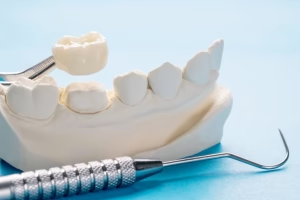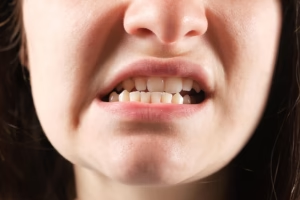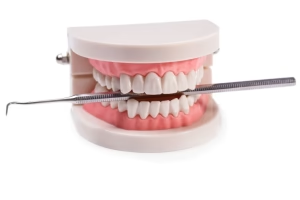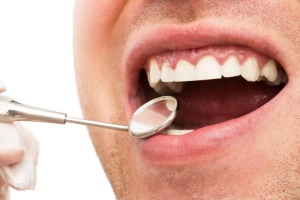5 Facts You Need to Know About Peg Teeth
18 June 2018 | Updated: 8 October 2025

Peg teeth, sometimes referred to as “Dracula teeth”, are a type of dental disorder called microdontia. Simply put, microdontia is a condition in which one or more teeth appear smaller than normal.
The most common teeth affected are the upper lateral incisors and third molars. In most cases, peg laterals occur on both sides and they have shorter roots than normal.
This dental condition is not as common, hence not many people have heard of it. Dentists use it to describe cone-shaped, pointy teeth and teeth that are considered to be smaller than the average. In an everyday conversation, people call them simply ‘small teeth’ and ‘small tooth’, due to their size in comparison with other teeth. In most cases, this condition doesn’t affect dental health at all, but it does create an aesthetic problem for people who suffer from it – an unattractive smile.
If you happen to have a tooth that is spoiling your smile, read on and learn if you have a peg tooth and how it can be fixed.
Why Small Tooth in Adults is Often Mistaken For Baby Tooth?
Peg teeth are abnormal teeth that develop instead of healthy upper teeth on the front. Small teeth in adults can develop on either side of the jaw and the condition typically affects the single lateral incisors. There are rare cases in which mandibular, lower arch teeth are affected. Although lateral baby teeth, when not extracted on time, resemble peg teeth, they are not to be confused.
Peg, Dracula teeth are sharp, often have visible gaps around them, and smaller than the lateral tooth on the other side of the jaw. When a person reaches adolescence, it is clear that having a lingering baby tooth is unlikely.
To confirm whether this is a baby tooth or a peg tooth, call your dentist and schedule an appointment. If you live in Brisbane or the Gold Coast area, visit us at MGA Dental Brisbane or MGA Dental Gold Coast. We will be happy to diagnose your issue and if you wish, correct it with the help of state-of-the-art technology.
Hereditary and Congenital Causes of Peg Teeth

A variety of conditions, mostly hereditary, can cause small teeth. Peg lateral incisor are believed to be congenital, although they may remain unnoticed until the adulthood. The fact that you have a peg tooth does not have to mean your current oral and general health are affected. However, the presence of peg teeth can point to an underlying congenital defect or current condition that should be dealt with.
A variety of conditions, most of them hereditary, can cause peg teeth. And the most infamous cause of the peg tooth is congenital syphilis. The unusual, abnormal tooth shape is formed if the mother did not start penicillin treatment before the teeth began to develop.
Other hereditary conditions can cause peg teeth, too. Ectodermal dysplasia is one of them. This condition causes abnormalities of skin and hair, not just the peg teeth. An extremely rare condition, incontinentia pigmenti achromians, is a birth defect that results in hypo-pigmented skin, abnormal teeth and sometimes, neurological issues.
Are Peg Teeth Harmful or Just a Cosmetic Concern?
Despite the aesthetics and unusual appearance, the peg teeth themselves are nothing to panic about. Due to their size, they can never be fully functional, and they do not cause alignment or bite issues. Although there are gaps around them, the position of nearby teeth won’t shift. Rarely, a condition of a tooth inside the tooth can appear. Yet, this dental malformation is not directly linked to peg teeth.
If the dentist suspects a tooth inside the tooth, he will recommend an X-ray to evaluate the level of structural damage caused by the condition. There are several treatment options, which depend on the level of damage. The worst case scenario is tooth extraction. Patients are also prescribed pain medication if the gums get inflamed due to the condition.
Cosmetic Treatments to Restore the Natural Look of Peg Teeth
It is not a medical necessity to correct peg teeth, but many people do not feel good about them, being quite self-conscious when smiling. If that is the case with you, you should consider having them corrected. The procedures are not complicated or expensive, and they will improve your self-confidence in a significant way.
The most common solutions for peg lateral teeth include resins (dental bonding), veneers, crowns, and implants. Your dentist will recommend the best one for your particular case.
Dental bonding is quicker, cheaper and completely painless. The composite that matches the colour of your teeth is applied to the peg tooth and shaped to look like your other, normal lateral. Veneers are thin coverings of the tooth’s front surface, and they are a more permanent solution. The tooth is first shaped with a drill, and temporary and permanent veneers are placed on the tooth.
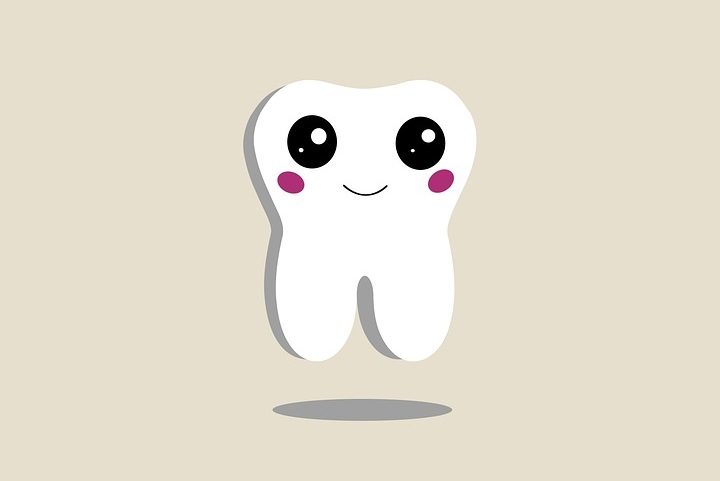
A Skilled Dentist Can Diagnose a Peg Tooth at an Early Age
Only a dental professional can make an accurate diagnosis, as peg teeth are often mistaken for baby teeth. This makes identifying them in children particularly challenging.
Experienced dentists at MGA Dental can easily tell the difference between a baby tooth and a peg tooth. If your child has a pointy or unusually shaped “Dracula” tooth, it’s a good idea to book a dental check-up.
If the tooth is confirmed to be peg-shaped, our dentist will discuss treatment options. In most cases, we may start with a temporary cosmetic bonding to improve the tooth’s shape. Braces might also be recommended to close any gaps around the peg tooth.
Remember, a peg tooth is just as vulnerable to cavities and abscesses as any other tooth, so maintaining proper oral hygiene is essential.





